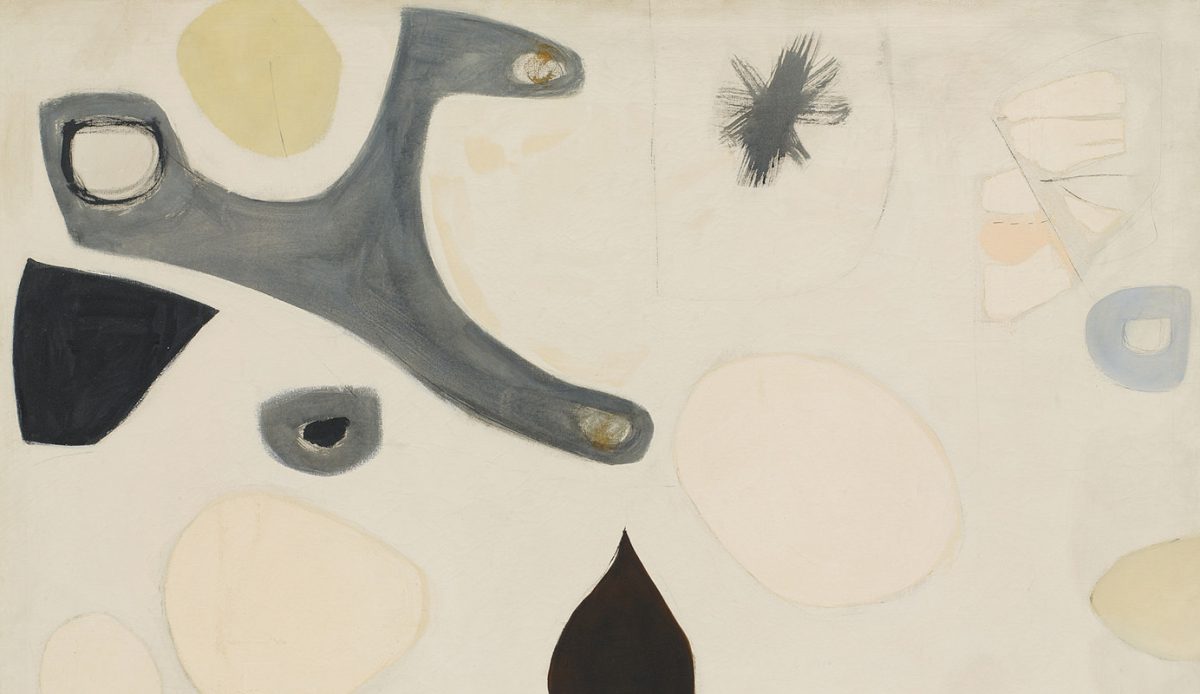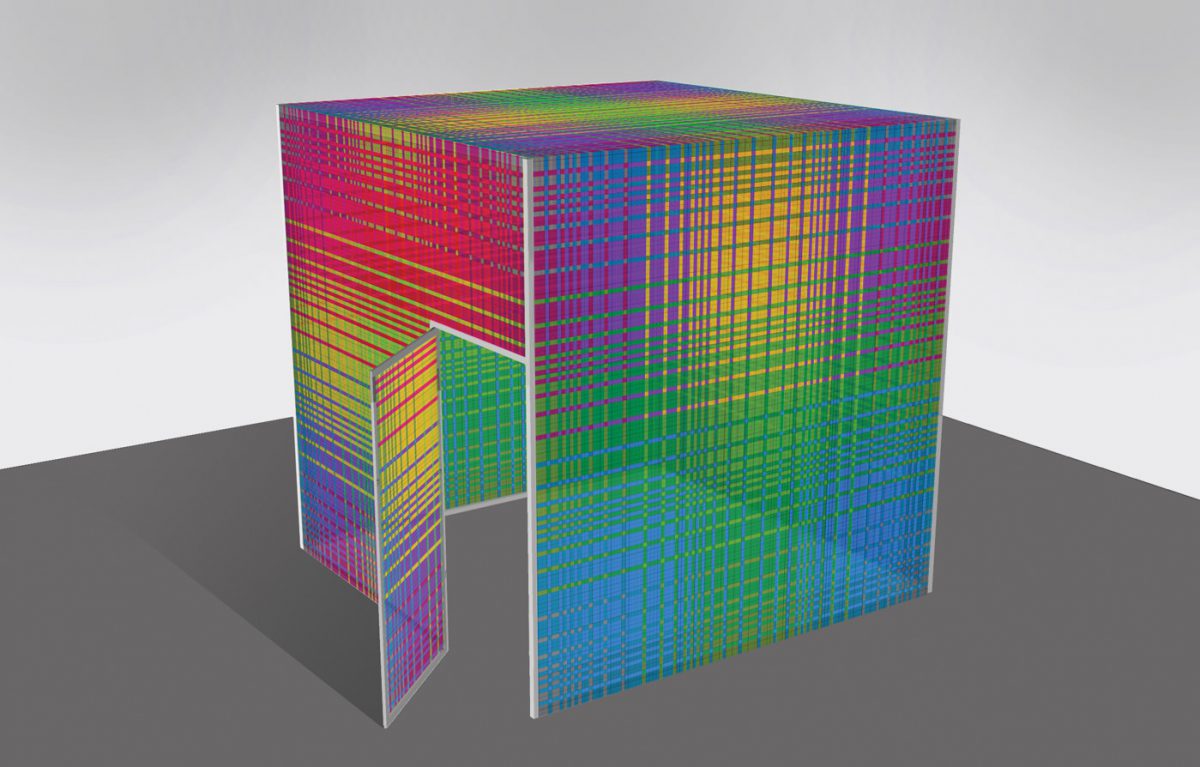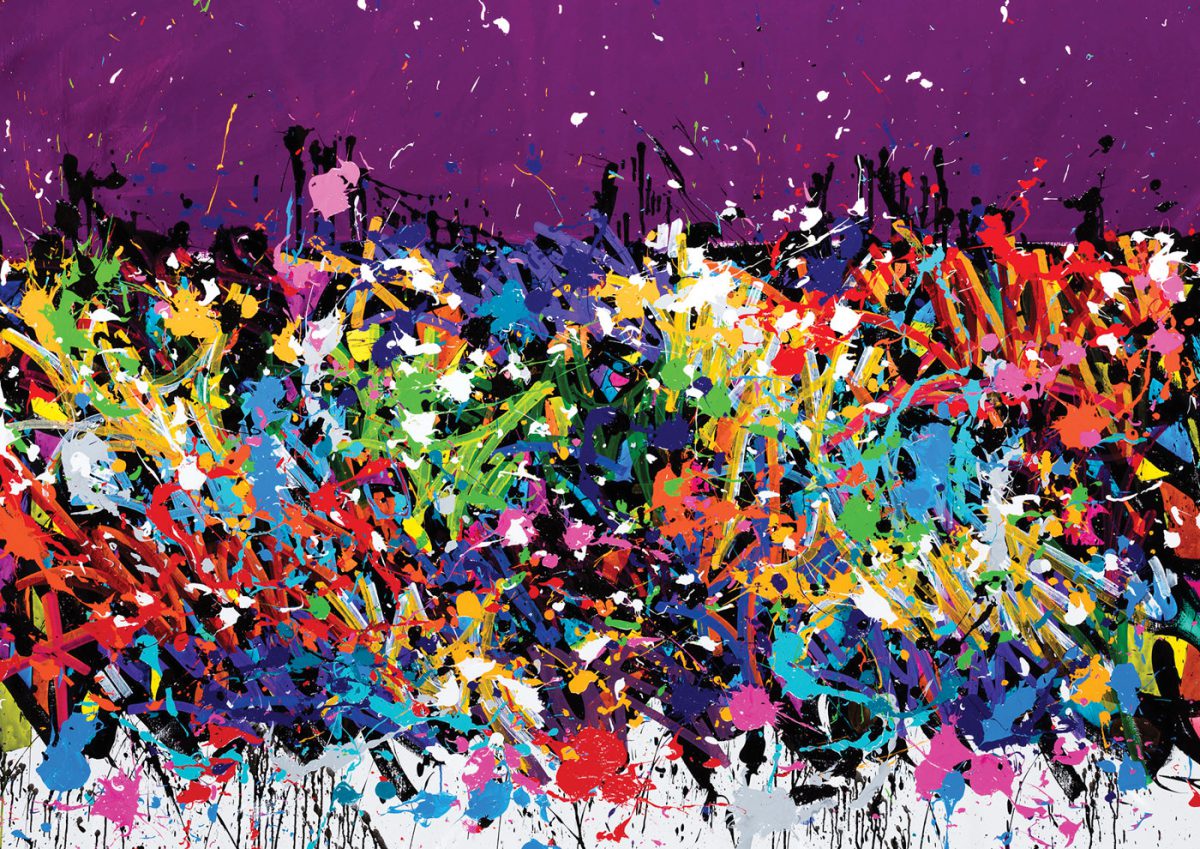San Diego Museum of Art
Music and art are the closest of sisters, no matter that they barely resemble each other. Both disciplines brim with adoptions of and parallels with one another’s practices. Myriad exhibitions have tried to trace this complex, intricate, and often fraught relationship. Such exhibitions usually fall short of a satisfying (much less complete) description of the relationship – not for lack of trying, nor for a lack of appropriate and magnificent material, but for a lack of clarity or focus. Art and music have interacted in so many ways over the centuries, and a consideration of any one way or cluster of ways would suffice to drive home the point, certainly drive it home more cogently than the sumptuous but too often diffuse, and confused, approaches applied instead.
The Art of Music committed some of the mistakes described above, but rather fewer than usual. Further, its particular ambition, to bring together examples of art-music interfacing among Western and non-Western cultures alike, is especially admirable: most such omnibus shows zero in on Western practice without reference to any other. Indeed, the non-Western portions of The Art of Music were its intellectual and experiential high points.
The exhibition’s conventional approach to Western alignments between art and music also served it well enough, although the parade of paintings, interrupted by a decorated musical instrument here and there, tended to the predictable, even strained: the recurrence of musicians in Dutch genre scenes or Victorian depictions of lissome young women holding violins could try one’s patience. But the coupling of equally bathetic Neoclassical pictures with thematically related Greco-Roman artifacts proved not just sensible, but enlightening – and, in an odd way, prepared the viewer for the yet more dramatic co-display of African instruments and rhythmic weavings and drawings on cloth. A convincing parallel was also drawn between the fancifully carved instruments of pre-conquest Mesoamerican groups and modern Latin American paintings depicting folk musicians, or reverting to abstraction in order to capture the spirit of the music itself.
As expected, The Art of Music looked at the relation between music and 20th-century abstraction; but – despite some important and exquisite examples by the likes of Henri Matisse, František Kupka, and Morgan Russell – this section seemed perfunctory in the wake both of the exhibition’s earlier sections and the deep inquiries other shows on the same theme have provided. A few examples of music-driven cinema (Oskar Fischinger notable among these) were screened, several African-American artists were compared to roots music, and little new or startling was advanced until one came upon a gripping display, leading out of the exhibition, centered around the postwar collaboration of John Cage, Merce Cunningham, Robert Rauschenberg, and Jasper Johns. Represented by one or two works apiece – including a rarely seen Rauschenberg assemblage from Johns’s own collection – this enclave set the tone for a much more dynamic and multivalent examination of music and art in the post-modern era.
No such examination was forthcoming, maintaining the sense of truncation and underexposure that dogged the show as a whole – but not the rich and sumptuous catalog, whose many articles regard in detail the topics the exhibit could barely describe. As a book, The Art of Music is an excellent starting point for one’s further research into any number of places, periods, objects, and philosophies. As a show, The Art of Music could touch upon many matters but could go into nothing exhaustively, serving instead as a jumping-off point for further investigation. The curiosity and excitement so much of the exhibition inspired, for better or worse, must be exercised elsewhere.









